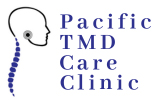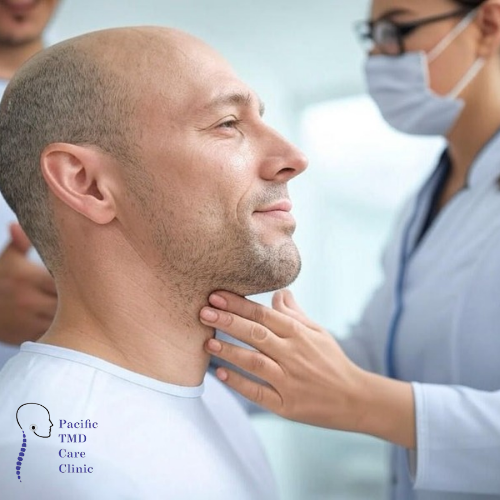
When the Jaw Hurts: Why Treating TMD Needs a Team Effort
If you’ve ever felt clicking, locking, or pain in your jaw—especially when chewing, yawning, or talking—you might be experiencing something called temporomandibular disorder, or TMD. It’s more common than you might think, and it doesn’t just affect your jaw. Headaches, facial tension, neck pain, and even ear discomfort can be part of the picture. The thing about TMD is that
TMD vs. TMJ: Understanding the Difference
TMD and TMJ are often used interchangeably, but they refer to different aspects of the same condition. What is TMD? Temporomandibular Joint Disorder (TMD) is a broad term encompassing a range of conditions that affect the jaw joint and the muscles surrounding it. Symptoms can include jaw pain, clicking or popping sounds, difficulty opening your mouth, and headaches. What
Breathing Exercises for TMD Management
Temporomandibular disorders (TMD) are conditions affecting the jaw joint and muscles responsible for jaw movement, causing pain and dysfunction. Managing TMD can be challenging, but non-invasive treatments like breathing exercises have shown promising results. This blog post explores the impact of breathing exercises on TMD management, drawing insights from recent research. Physical Health Benefits 1. Pain Reduction and Jaw Function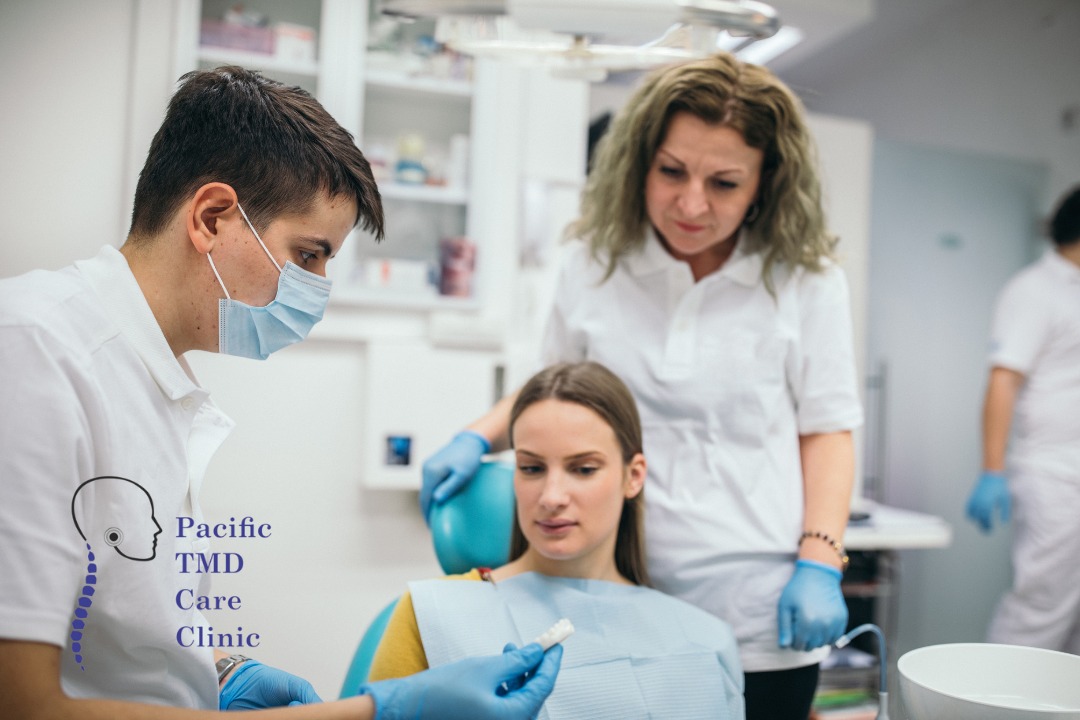
Using Appliances and Implants for TMD Management
Temporomandibular disorders (TMDs) present multifaceted challenges, affecting millions worldwide. These conditions encompass a complex interplay of biological, social, and psychological factors, leading to substantial pain and reduced jaw mobility. In this discourse, we delve into the profound potential of using appliances and implants in addressing these pressing concerns, particularly when combined with physiotherapy. Understanding TMD and the Role of Appliances
Elevating Healthcare in TMD Care: The Crucial Role of Education in Professional Interaction and Quality Care
In the dynamic realm of oral health, the past few decades have witnessed an unprecedented transformation driven by scientific and technological progress. Nowhere is this evolution more evident than in the understanding and treatment of orofacial pain (OFP) and temporomandibular disorders (TMDs). What was once shrouded in ambiguity and controversy has now emerged into a clearer landscape, thanks to advances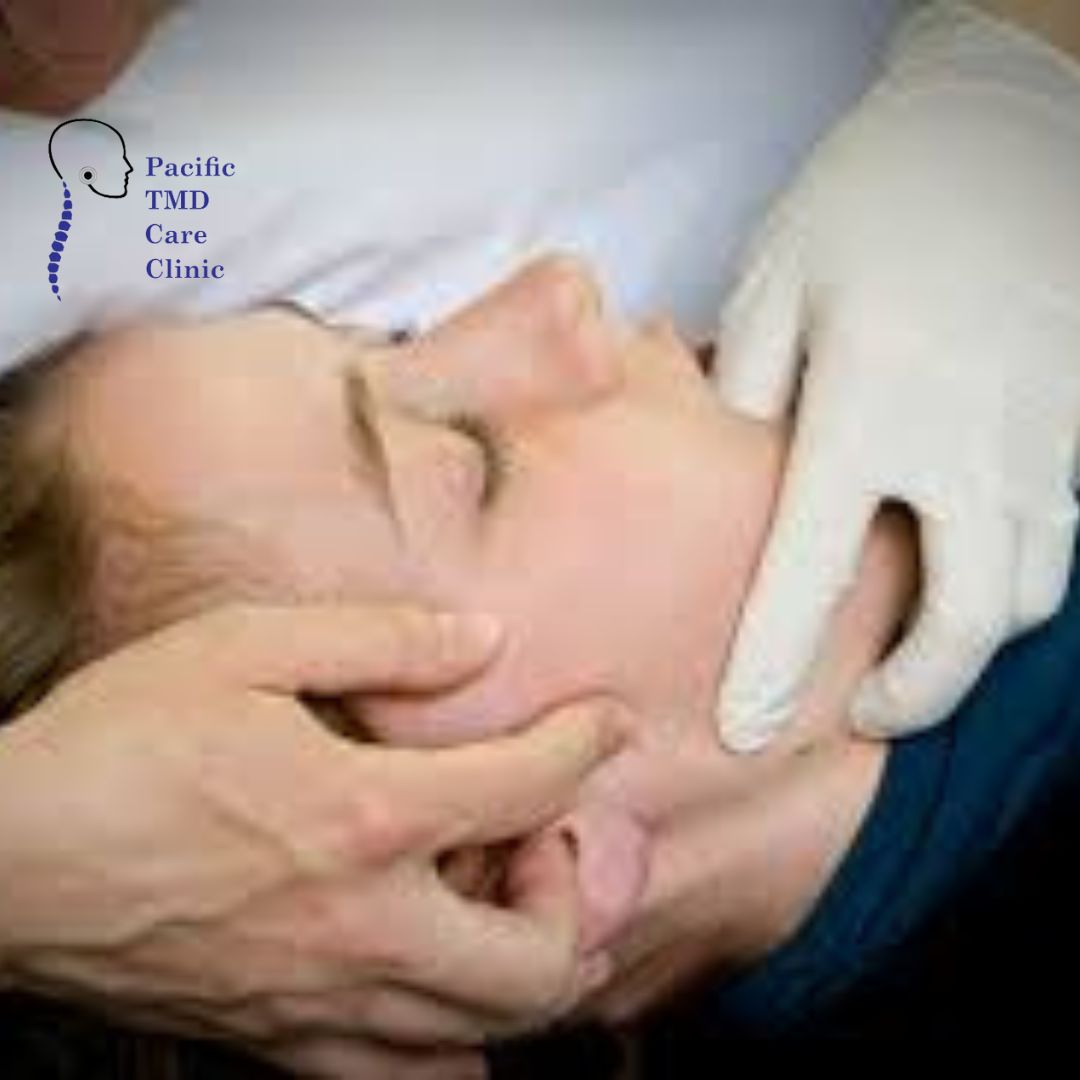
Physiotherapy Interventions for TMJ Disc Displacement
Within the intricate realm of temporomandibular disorders (TMD), anterior disc displacement with and without reduction stands as a common finding. The pursuit of effective, evidence-based treatments has led researchers to explore physiotherapy modalities, specifically therapeutic exercise and manual therapy. This blog delves into seminal studies, dissecting their findings to illuminate the potential of physiotherapy in addressing the complexities of TMJ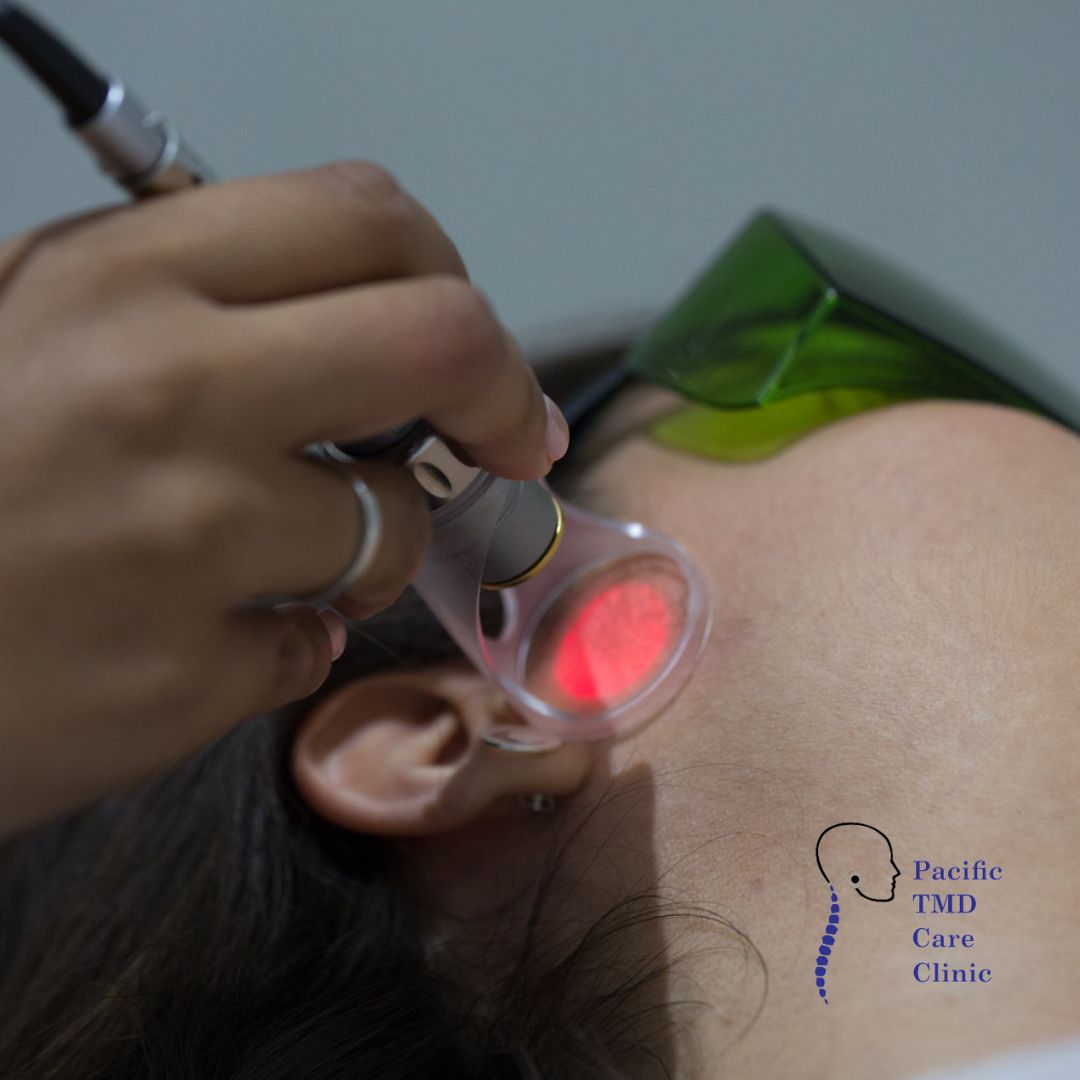
Optimizing TMD Therapy: Laser and Stimulation Approaches
Navigating the intricate landscape of temporomandibular disorders (TMDs) requires a thoughtful and nuanced treatment strategy. In this professional blog, we embark on a critical evaluation of two prominent therapeutic modalities—Low-Level Laser Therapy (LLLT) and Transcutaneous Electric Nerve Stimulation (TENS)—incorporating insights from four key studies. In the study conducted by Chellappa and Thirupathy: Their randomized clinical trial, spanning six weeks and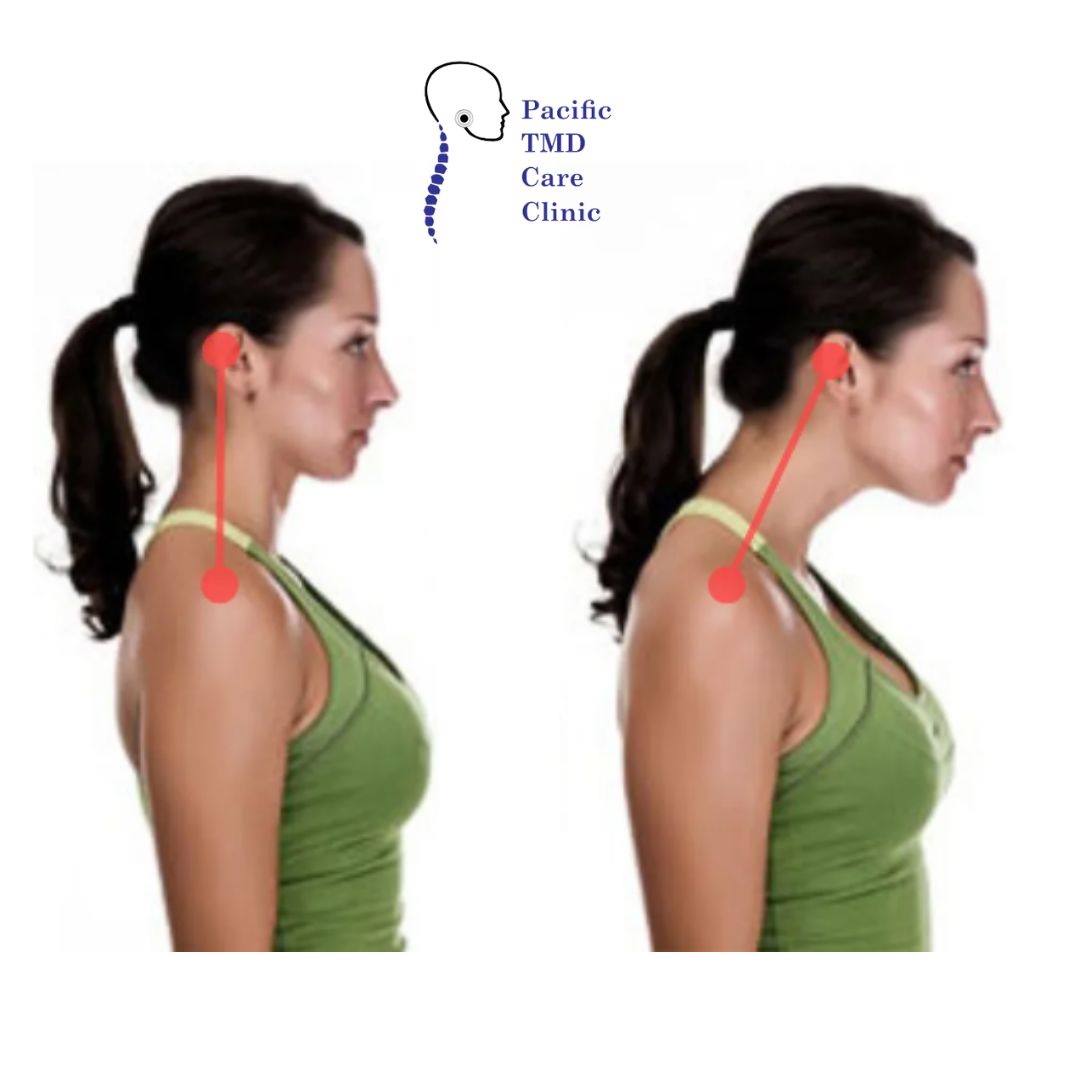
Understanding the Connection of TMD, Posture, and Headaches
In the ever-evolving landscape of dental health and musculoskeletal wellness, the fascinating correlation between temporomandibular disorders (TMD), body posture, and headaches has garnered attention. This interconnection, once deemed unrelated, has sparked a wave of exploration, shedding light on their intricate relationship and potential implications for holistic healthcare practices. Revealing the Unseen Links: Researchers, notably Minervini and colleagues, conducted a systematic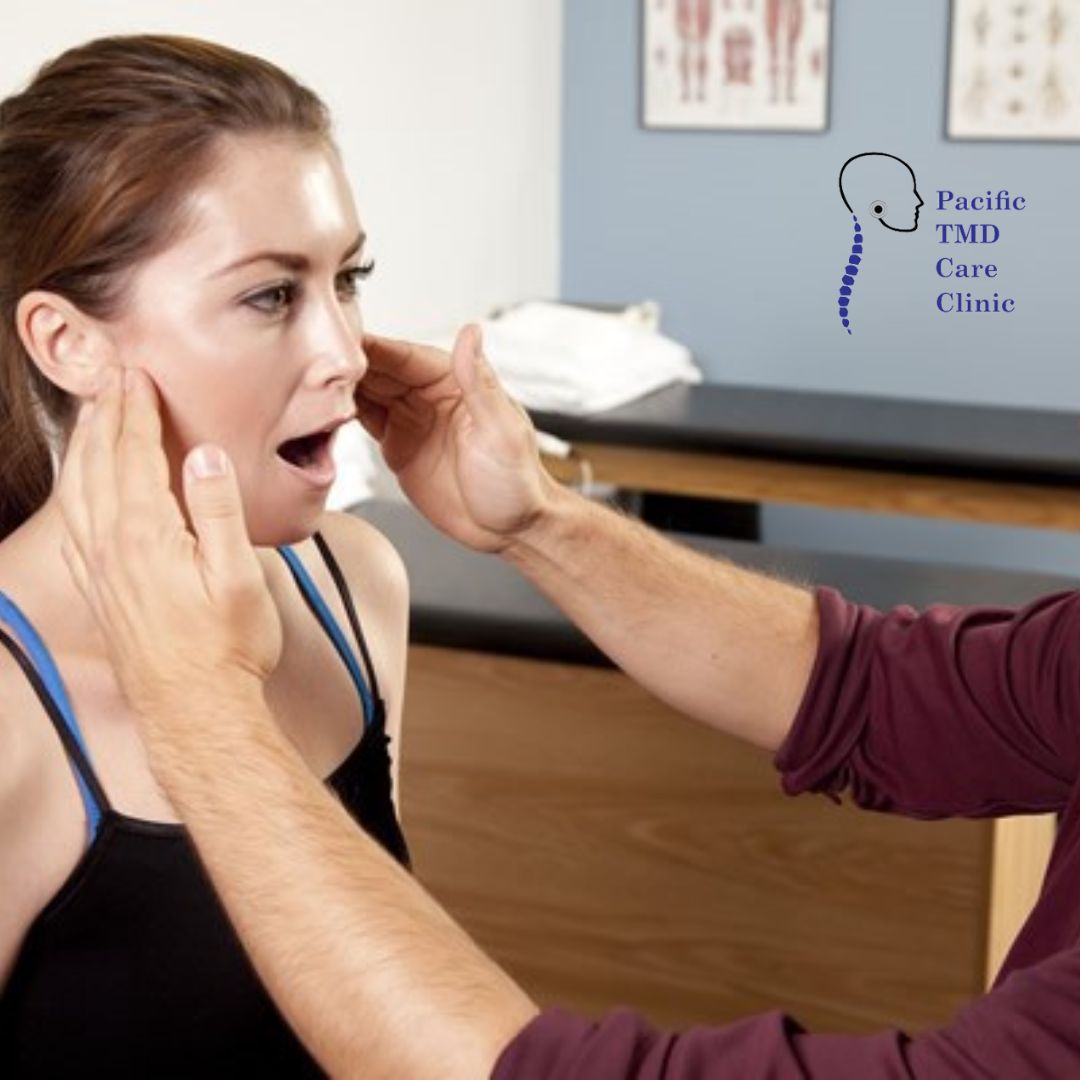
Jaw Mobility Exercises: Relieving TMD and Restoring Function
Temporomandibular disorders (TMDs) present multifaceted challenges, affecting millions worldwide. These conditions encompass a complex interplay of biological, social, and psychological factors, leading to substantial pain and reduced jaw mobility. In this discourse, we delve into the profound potential of jaw mobility exercises in addressing these pressing concerns. Exercise Therapy for TMD: Initiating our exploration, we delve into the realm of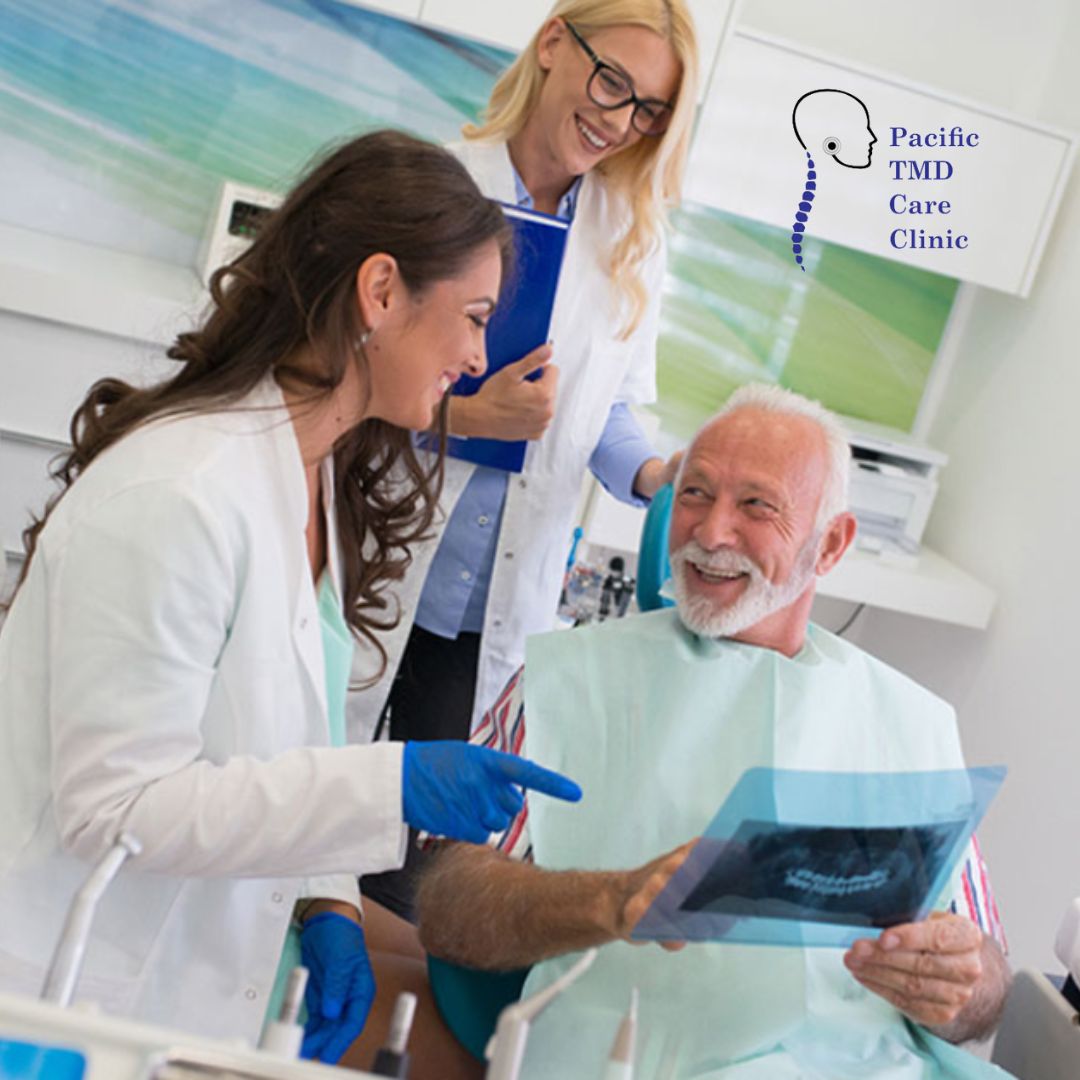
Dentists and Physiotherapists Collaborating to Address TMD
Temporomandibular Disorders (TMD) are often a source of considerable discomfort, affecting countless individuals. If you’re grappling with symptoms like jaw pain, restricted jaw movement, or discomfort, you’re not alone. What’s exciting is that a dynamic collaboration is changing the landscape of TMD treatment – the partnership between your dentists and a physiotherapists. In this discussion, we’ll explore how this collaborative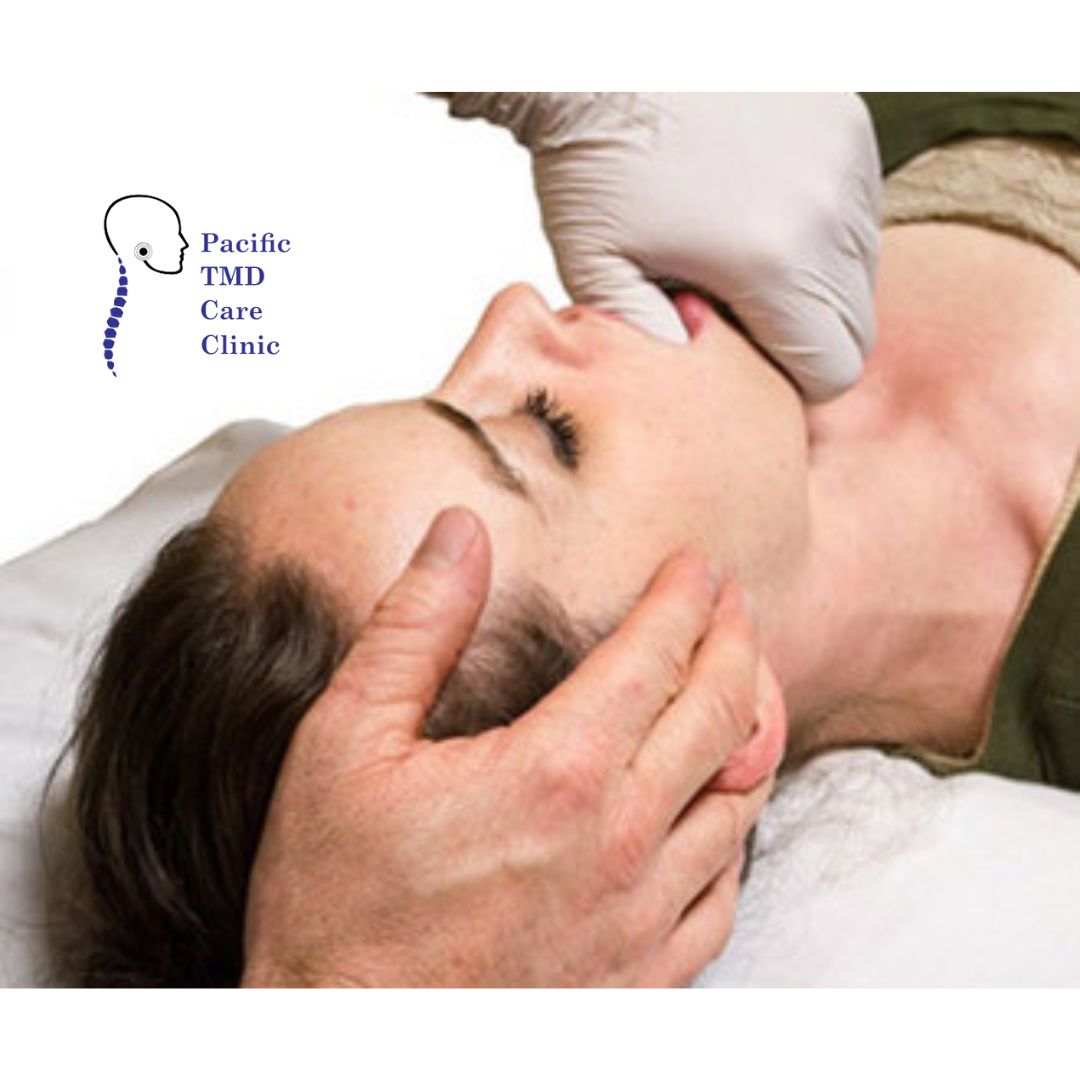
Physiotherapy for TMD Post Surgical Management
Temporomandibular disorders (TMD) encompass a range of debilitating conditions affecting the temporomandibular joint (TMJ) and related structures, often manifesting as jaw pain, limited jaw movement, and functional impediments. This blog post delves into the intricate landscape of TMD management, with a particular focus on the indispensable contribution of physiotherapy in post-surgical recovery. Understanding TMD: A Prevalent and Complex Concern Before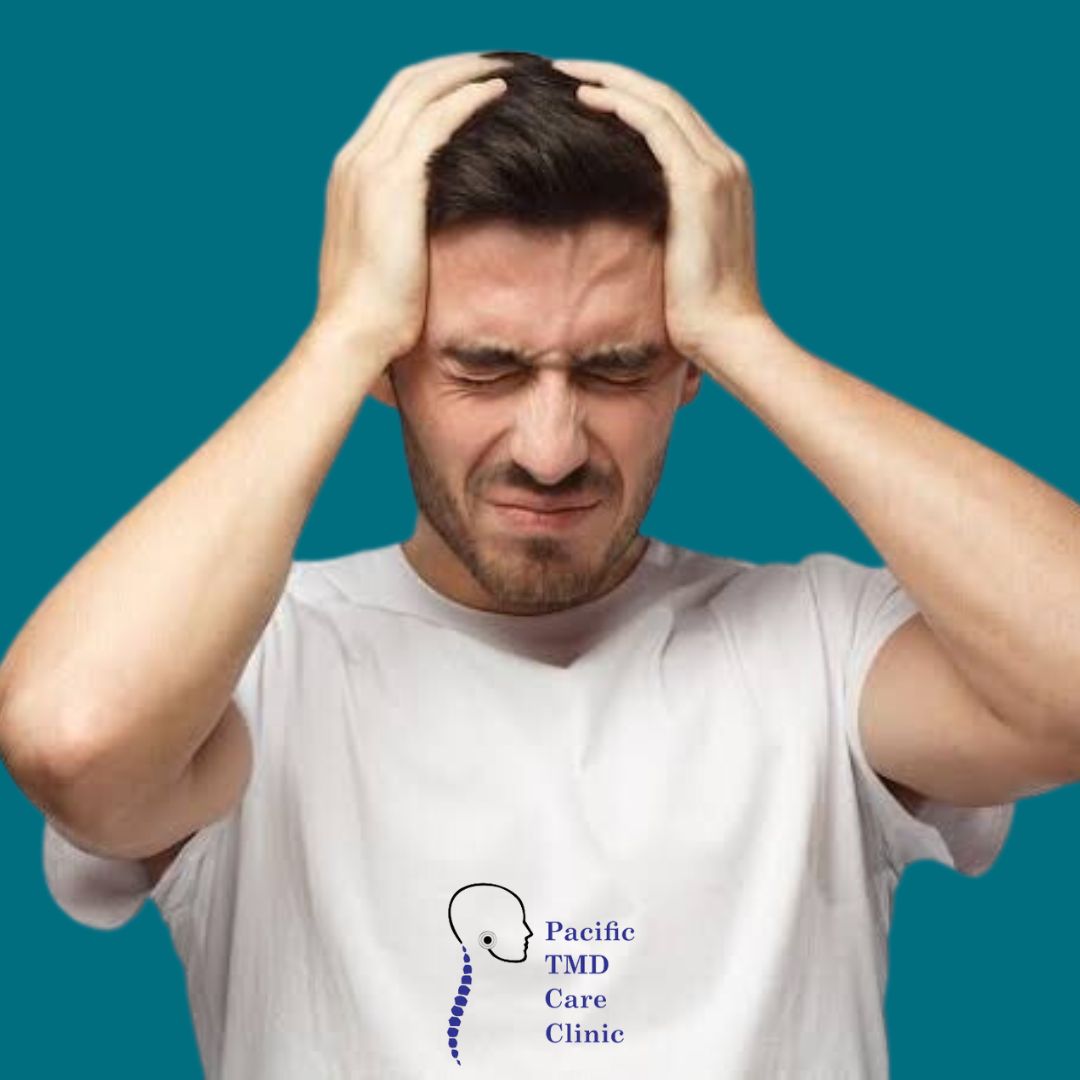
Cervicogenic Headache: Understanding and Treating
Headaches can be debilitating, and one particular type that often flies under the radar is cervicogenic headache (CGH). In this blog, we’ll dive into the world of CGH, exploring its causes, symptoms, and its intriguing connection to Temporomandibular Disorders (TMD). Plus, we’ll discover how physiotherapy can be a game-changer in diagnosing and managing CGH. Understanding Cervicogenic Headache (CGH): CGH, a
Managing Jaw Pain: Causes, Diagnosis, and Therapies
Jaw pain, a pervasive symptom often stemming from dental or musculoskeletal conditions, poses unique diagnostic challenges. Addressing and managing jaw discomfort is crucial for overall well-being. In this concise blog post, we’ll delve into recent insights and advancements in understanding jaw pain, shedding light on its causes, diagnosis, and potential therapies. Understanding the Source of Jaw Pain and the Role
